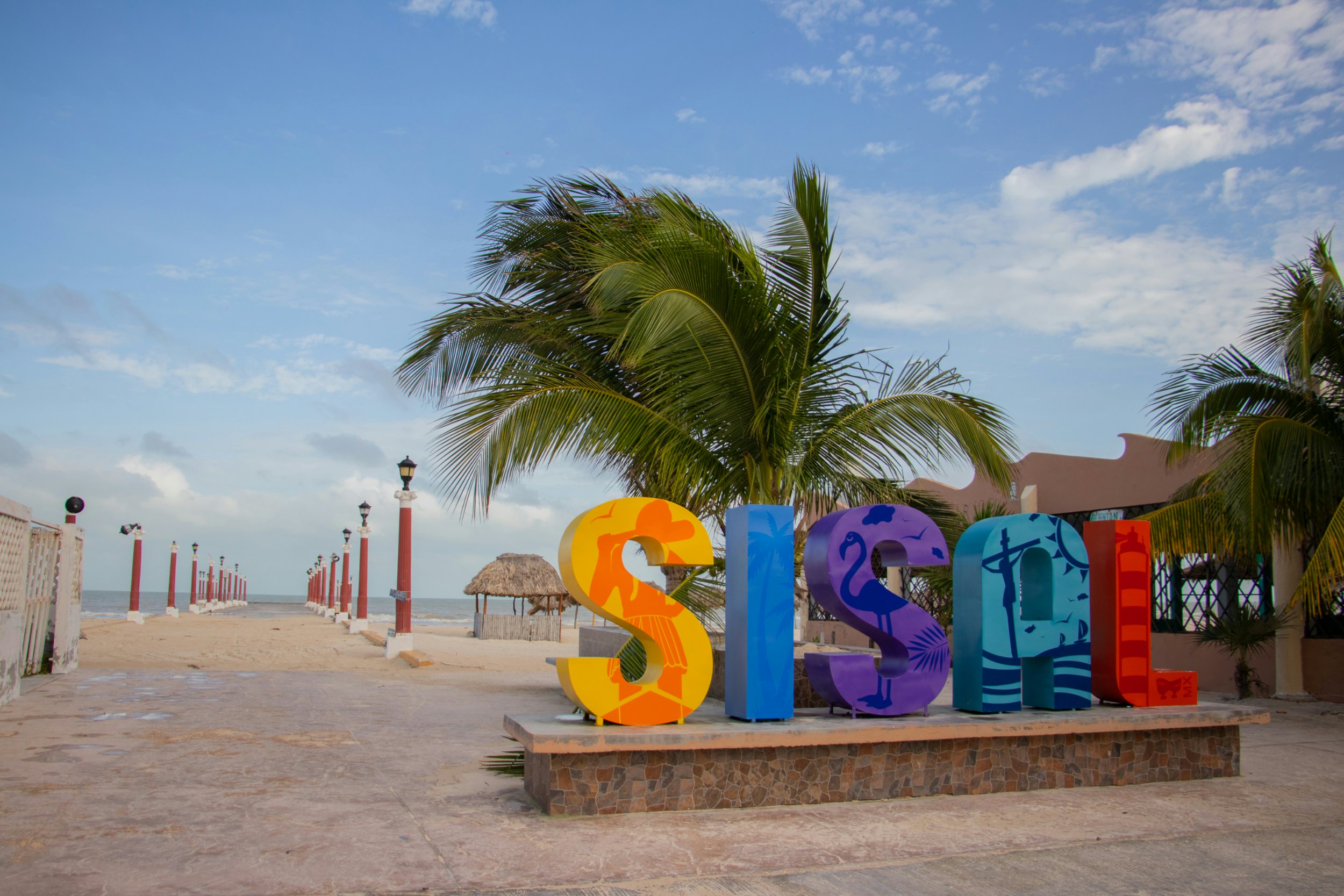Mexico has 11 beautiful new “magical towns" to explore
Dec 3, 2020 • 2 min read

Mexicaltitan de Uribe island in Santiago Ixcuintla, Mexico © Rulex O / 500px
While travel may currently be curtailed, next time you're traveling to Mexico there are more “magical towns” to add to your bucket-list. There are now 11 new additions to the list of villages with the designation “pueblo mágico,” or magical town.
Mexico’s Ministry of Tourism (Sectur) is behind the initiative, and it chooses towns that have preserved and showcased their cultural and historical heritage in addition to meeting the requirements of the program. There are now 132 pueblo mágico destinations spread throughout 31 Mexican states, and advantages of being chosen include the generation of new jobs, integration of tourism development plans and an increase in the arrival of visitors to generate greater economic income. Here are the latest additions to the list:
Mexcaltitán, Nayarit
Mexcaltitán is an island village, and some experts believe that it is Aztlán, the ancestral homeland that the Aztecs left around AD 1091. From there, they began a migration to Tenochtitlán, or what is now Mexico City. The basis for this belief is the similarities between the cross-like design of the village’s streets and the layout of Tenochtitlán.

Maní, Yucátan
Maní, located 62 miles southeast of Mérida, is home to a vibrant Maya culture. It is noted for its architecture, exemplified by the church and convent of San Miguel Arcángel, which was built in the 16th century using the stones of pre-Hispanic Mayan buildings. In addition, Maní has a community of artisans dedicated to making and embroidering blouses, suits and traditional huipiles garments, as well as its gastronomy. Visitors are advised to try poc chuc, a pork dish prepared in citrus marinade and cooked over a grill.

Sisal, Yucátan
Sisal is a beautiful coastal town located within the municipality of Hunucmá, 30 minutes northwest of Mérida. It offers several ecotourism options, as it is located between two natural reserves. It was Yucatán’s main maritime port during the “Green Gold” boom era of henequen production. Like Maní, Sisal's strengths include its local cuisine.
Isla Aguada, Campeche
This large fishing town is not an island - despite the name - but it is known for its historic and pretty red-and-white striped lighthouse.
Ajijic, Jalisco
Popular with international retirees, this town on the northern shore of Lago de Chapala now buzzes with boutiques, galleries and restaurants. However, the town still possesses a colonial-era vibe with streets of colorfully-painted houses.
Paracho de Verduzco, Michoacán
This village is famous as a hub for luthiers, who put it on the map as a place to find high-quality stringed instruments like guitar, violins, cellos or traditional Mexican guitarrón (Mexican stand-up bass).
Also added to the list were: Santa Catarina Juquila, Oaxaca; Tetela de Ocampo, Puebla; Santa Maria del Rio, San Luis Potosí; Tonatico, State of Mexico; and Zempoala, Hidalgo.
You might also like:
Mexico is keeping its public beaches accessible to everyone
Could Tulum be this year's hotspot for digital nomads?
Disconnect on the best off-the-grid beaches in Mexico
Plan with a local




